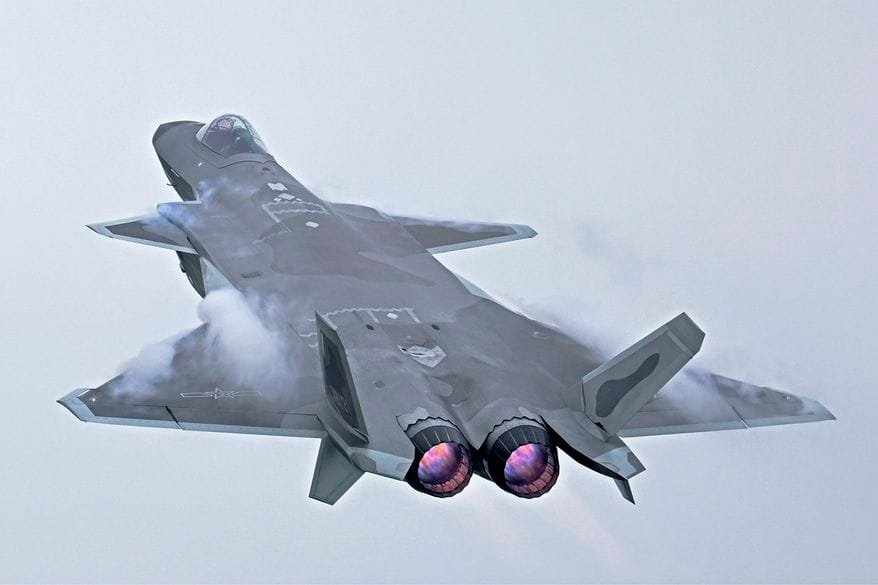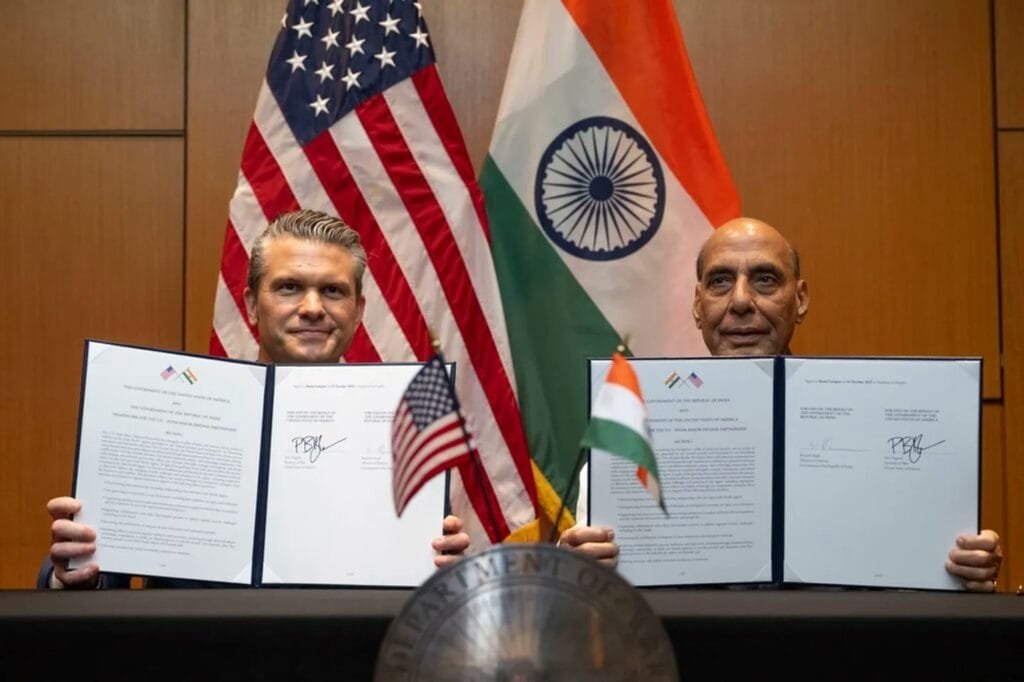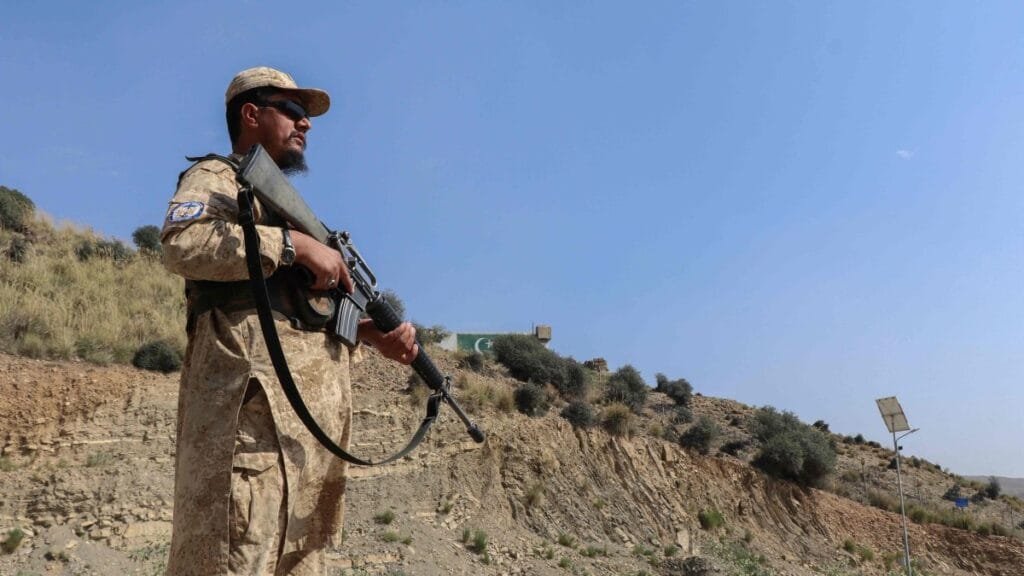Beijing claims that a Chinese Chengdu J‑20 “Mighty Dragon” stealth fighter flew through the Tsushima Strait, the narrow heavily surveilled channel between Japan and South Korea completely undetected, marking what it says is a milestone in the aircraft’s operational stealth capability.
A CCTV television program broadcast in late July spotlighted the PLAAF’s First Fighter Brigade, the elite unit equipped with J‑20 fighters, and said the squadron now “flies missions over the Bashi Channel and Tsushima Strait, and conducts patrols around Taiwan” . Although the broadcast never explicitly named the J‑20, the footage prominently displayed the jet throughout, leaving little doubt about the aircraft in question.
China’s state media touted the flight as an “apparent first” that was “not reported by any other armed forces with a presence in the region” . But none of the allies, Japan’s Self‑Defense Forces, South Korea’s Defense Ministry, or the U.S. Indo‑Pacific Command has publicly confirmed any such flight through the strait, despite the area being under constant surveillance by sophisticated early‑warning radar, Patriot batteries, Aegis systems, and even U.S. THAAD missile defense systems deployed in South Korea.
Defense analysts caution that while the J‑20 incorporates advanced low‑observability features, including internal weapons bays, radar‑absorbent coatings, and electronic warfare countermeasures —the lack of independent verification makes it impossible to confirm the flight occurred exactly as described. Some experts suggest that the episode may serve more as strategic messaging than operational reality, consistent with past instances where PLAAF pilots claimed J‑20 missions “undetected” over Taiwan and other straits without corroboration.
If the claim is accurate, it would represent a notable advancement in China’s ability to challenge U.S. and allied air defense coverage of the first island chain, signaling expanded power projection in one of East Asia’s most contested maritime corridors.





